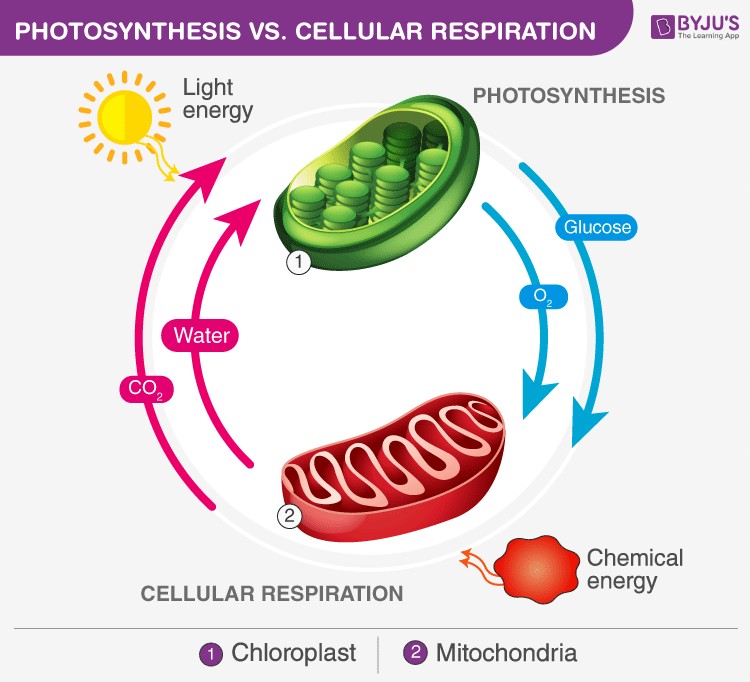Photosynthesis and cellular respiration are two fundamental biological processes that are intricately interconnected. While seemingly opposite reactions, they form a cycle essential for life on Earth. This article explores the key differences and similarities between cellular respiration and photosynthesis.
 Photosynthesis and Cellular Respiration
Photosynthesis and Cellular Respiration
The Intertwined Relationship of Two Processes
Photosynthesis harnesses light energy to convert carbon dioxide and water into glucose, releasing oxygen as a byproduct. This glucose serves as a source of energy for plants and the organisms that consume them. Cellular respiration, on the other hand, utilizes this glucose and oxygen, breaking it down to produce energy in the form of ATP (adenosine triphosphate), with carbon dioxide and water as byproducts. This cyclical relationship allows for the continuous flow of energy within ecosystems. In essence, photosynthesis creates the fuel, and cellular respiration burns it.
Key Differences: A Side-by-Side Comparison
While both processes involve energy transformation and utilize similar molecules, they differ significantly in their location, reactants, products, and energy requirements. The table below summarizes these key distinctions:
| Feature | Cellular Respiration | Photosynthesis |
|---|---|---|
| Location | Mitochondria (in all living organisms) | Chloroplasts (in plants, algae, and some bacteria) |
| Reactants | Glucose and Oxygen | Carbon Dioxide, Water, and Light Energy |
| Products | Carbon Dioxide, Water, and ATP (energy) | Glucose, Oxygen, and Water |
| Energy Process | Catabolic (breaks down molecules) | Anabolic (builds molecules) |
| Energy Requirement | Releases energy (exergonic) | Requires energy (endothermic) |
| Sunlight Dependence | Occurs in both light and darkness | Requires sunlight |
| Chemical Equation | C6H12O6 + 6O2 → 6CO2 + 6H2O | 6CO2 + 6H2O → C6H12O6 + 6O2 |
Reverse Reactions with a Shared Purpose
The chemical equations highlight the reciprocal nature of these processes. Photosynthesis effectively reverses the reaction of cellular respiration. Although seemingly opposing reactions, they work in tandem to maintain the balance of gases in the atmosphere and provide the energy necessary for life.
Conclusion: A Symbiotic Partnership
Photosynthesis and cellular respiration are not just distinct processes; they are interconnected components of a global ecosystem. Their complementary actions ensure the continuous flow of energy and the recycling of essential molecules, supporting life as we know it. Understanding their differences and similarities provides crucial insight into the intricate workings of the natural world.